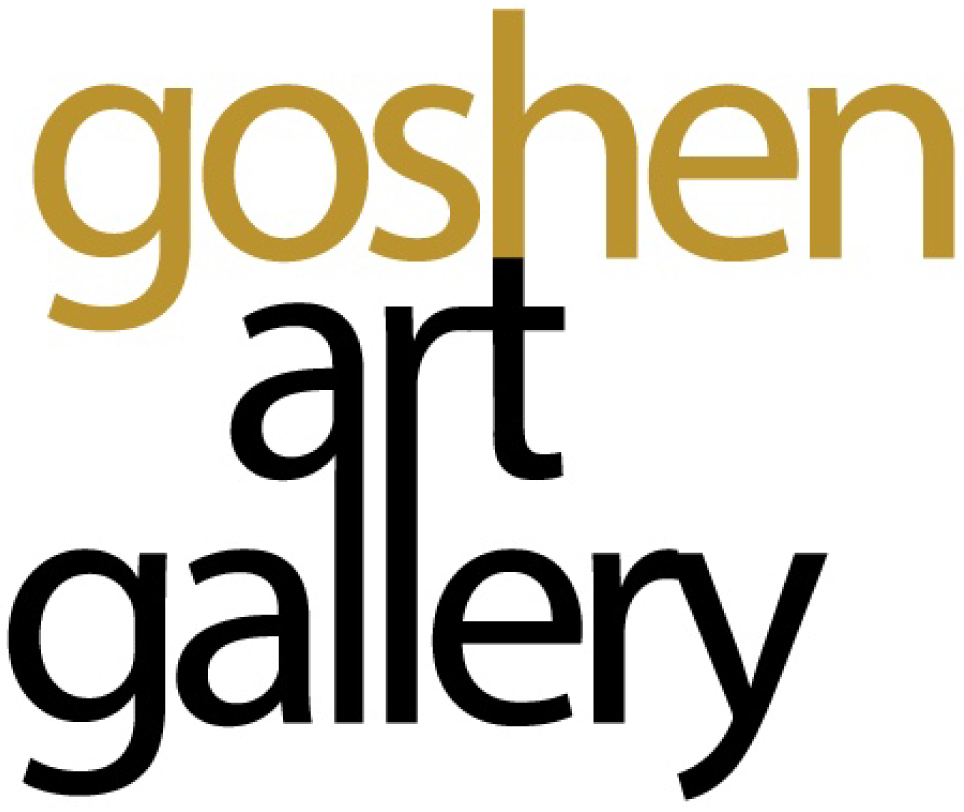Artist: Wang Mo Ping (b.1957)
Wang Mo Ping was born in China in 1957 and moved to Singapore in 2001, where he became a member of the Singapore Art Society as a professional artist and developed a strong attachment to the country. His paintings reflect his love for Singapore's landscape, as he spends much of his time painting on location, from several hours in the bright West Coast Park to investing much effort along Tanjong Pagar's bustling business sector. He succeeds in converting what he observes into extraordinary works endowed with artistic attitude and honesty by relying on movement as a fundamental factor in his artistic perception.
During the previous period of his stay in his homeland of China, he was an Associate Professor at the Hubei Academy of Fine Arts from 1995 to 2000, and from 2002 to 2006, he lectured at Nanyang Academy of Fine Arts when he was in Singapore. Local and international galleries, as well as private collectors, have purchased his paintings, which depict scenes that are dear to the artist's heart; Fruits, blooming flowers, and kampong scenery are wonderfully conveyed through the artist's unique vocabulary.
Wang's paintings convey the wondrous qualities and beauty of Mother Nature almost primarily through his sensitivity to light. His impressionist paintings of our local surroundings exude an aura of peaceful serenity. In 2019, his artwork named 'Jurong Fishery Port' won first place at the Singapore Art Society's annual Dr Tan Tsze Chor Art Awards.
Penang Fishing Village - Wang Mo Ping
Tellingly so, Mr. Wang uses his avid interest in naturalistic seascapes and maritime scenes as a vehicle for his affinity for the beauty of natural lighting. Here he depicts a quaint scene aming a rural fishing village in penang, where he would sometimes go for study trips as he makes his venture across southeast asia. Using watercolour as his medium, he aptly pays closely detailed attention to every minute ripple, ebb and flow of the calm waters. We are hereby allowed a small peek into the quiet lives of our rural southeast asian neighbours that live their lives among the waters.
Swan River - Wang Mo Ping
Swan River shows a maritime scene - this time telling a different story to the rural settings of Penang, we are invited into a strangely tranquil scene of modernity - filled to the brim with fancy speed boats, many of which could possibly have been privately owned by the likes of wealthy businessmen. The naming of this balanced watercolour piece, Swan River, signifies the air of grace, symmetry and implied luxury that is present in those waters.
Autumn Colours - Wang Mo Ping
Returning back to his naturalistic roots, reminiscent of his upbring in China’s countryside, Autumn Colours depicts the ripeness of this very season, abound with what appears to be the succulent fruit-bearing of mandarins, or apricots. We are raptured in an air of movement, conveyed through his impressionistic brush technique that makes it feel as if we are experiencing a cooling autumn breeze. Meanwhile, hints of bright yellow and orange give us an overall feeling of cheerfulness and abundance from looking at his painting.
Lily - Wang Mo Ping
In the spirit of his appreciation of natural fauna and flora, Wang has isolated a very specific subject, the Lily flower, in a distinctly Asian porcelain vase for his artistic eyes to lay upon.
In terms of the symbolic identity of the Lily flower, each different variety of lily holds a different meaning, however the most common meaning is of purity and fertility. The sweet and innocent beauty of the lily flower has given it the association of fresh life and rebirth.
In the image, he has decided on both white and pink lilies; some at the mere stage of buds, while others are fully in bloom. The famous white lilies largely symbolize purity and rebirth, while pink lilies stand for love, femininity and admiration.
Two petals lie at the foot of the porcelain vase, once again, telling of the cycles of rebirth that are evident within nature.




